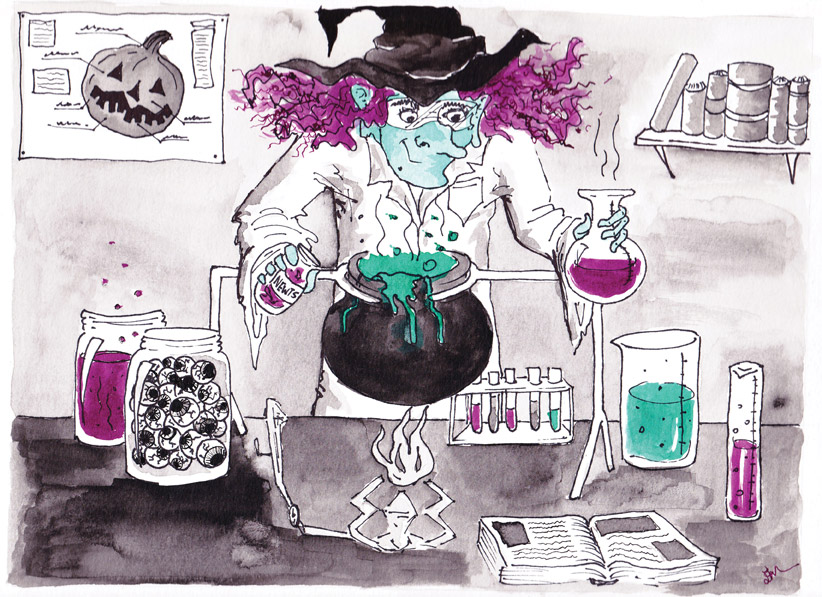When the word vampire is mentioned, it’s easy to imagine a musky room, candle light, and perhaps, romance. Dracula, a novel written by Bram Stoker, and its multiple contemporary renditions were, at least in Western literature, the first brazen attempt at coupling vampires and humans.
Of course, the association of sex and vampirism was not rooted in the psyche of just one author. In the analysis of the acquisition of these thought-chains, a pattern becomes apparent: People are conditioned to think a certain way.
According to German-American psychologist Wolfgang Köhler, “[The Bouba/Kiki effect provides an example of] non-arbitrary mapping between speech sounds and the visual shape of objects.”
In an experiment, participants were asked to name two shapes as either ‘Kiki’ or ‘Bouba.’ The result demonstrated strong preferences for the round, curved shape as being Bouba—95 per cent—and the jagged, spiky shape as Kiki—98 per cent.
Likewise, the link between vampires and desire is anything but arbitrary. The natural—or in this case supernatural—associations with darkness, blood, puncturing, and feeding, could very easily morph into connections of mystery, pain, and desire.
Science takes a considerably drier perspective on the vampire myth. According to a paper published by Skeptical Inquirer, simple mathematics disproves the theory that vampires exist. Assuming that the first vampire arrived on Jan. 1, 1600, that it required human blood once a month, and that all humans bitten by vampires would become vampires themselves, the entire human population would be wiped out in less than three years.
There is something to be said about the idea of vampires and their place somewhere between fiction and reality. Specifically, most—if not all—myths are rooted at least partially in past events. Vampirism is no exception. According to an article published by Neurology, Dr. Gomez-Alonso argues that, “Vampire stories became prominent in Europe at exactly the same time certain areas were experiencing rabies outbreaks. This was particularly true in Hungary between 1721 and 1728, when an epidemic plagued dogs, wolves, and humans, and left the country in ruins [….] Vampires were the sole topic of conversation between 1730 and 1735.”
Fantasies are by definition not real; yet, in the process of thinking and describing these fantasies, it can be easy to become confused of the extent of a fantasy. A prime example is the medical condition porphyria, a condition that causes seizures, trances and vivid hallucinations. Interestingly, it also causes acute sensitivity to light—where the briefest exposure could lead to blisters on the skin—as well as intolerance to foods containing sulphur. Fittingly, garlic just happens to be very rich in sulphur.
In this way, the supernatural becomes super easy when you break down the facts.









